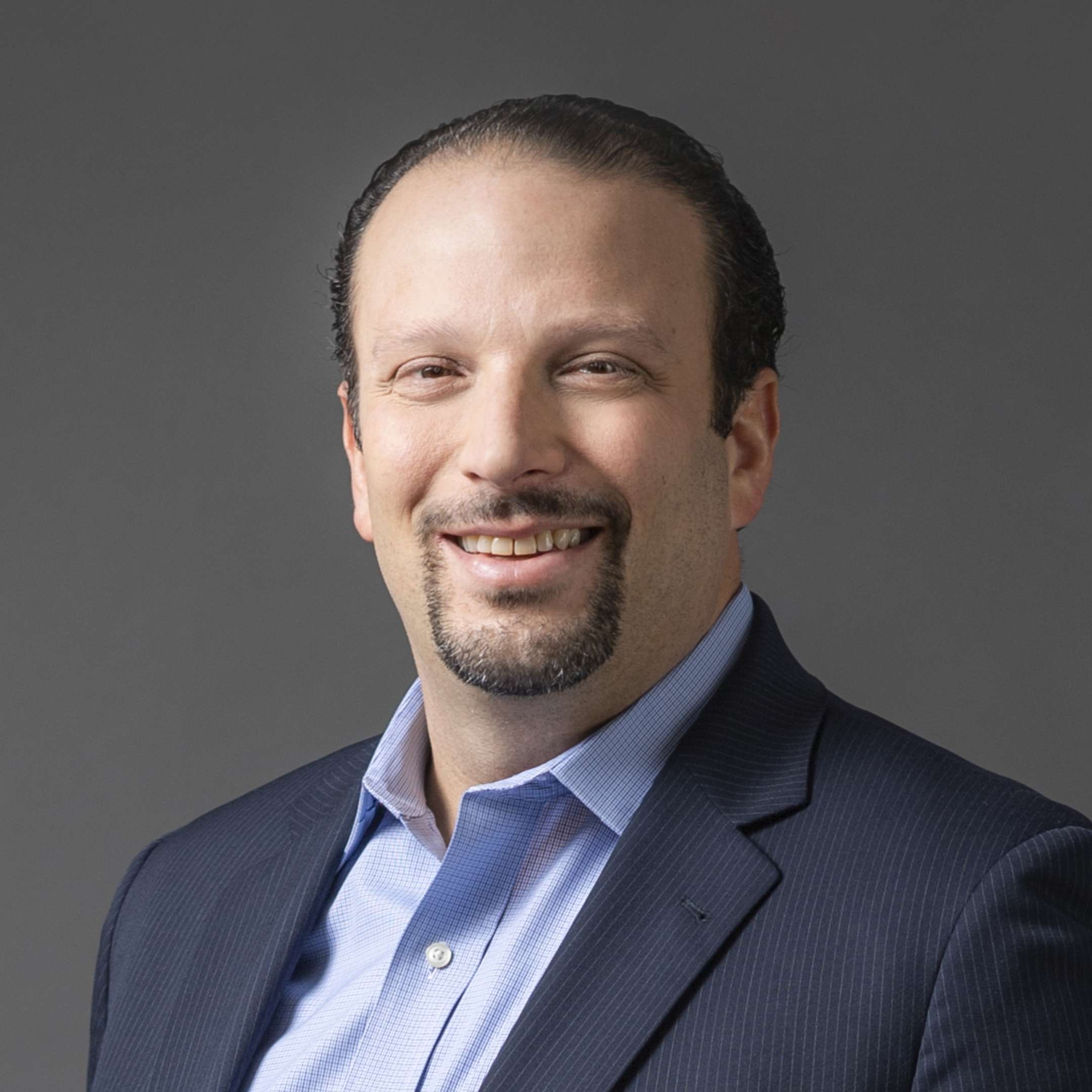-
"Target date" in a fund's name refers to the approximate year when a plan participant expects to retire and begin withdrawing from his or her account. Target-date funds gradually adjust their asset allocation, lowering risk as a participant nears retirement. Investments in target-date funds are not guaranteed against loss of principal at any time, and account values can be more or less than the original amount invested—including at the time of the fund's target date. Also, investing in target-date funds does not guarantee sufficient income in retirement.
Does Your Target-Date Glide Path Suit Your Workforce?
-
The views expressed herein do not constitute research, investment advice or trade recommendations and do not necessarily represent the views of all AB portfolio-management teams.
Jennifer DeLong is a Senior Vice President, Managing Director and Head of Defined Contribution, responsible for leading AB’s defined contribution business in North America. She oversees product management and development, marketing, participant communications, and client services for the firm’s institutional custom target-date and lifetime income solution clients. Additionally, DeLong is responsible for firm’s Collective Investment Trust business and is President of the AllianceBernstein Trust Company. Since joining AB in 1999, she has held various senior client relationship management, product management and marketing roles, all primarily focused on defined contribution, 529 college savings plans and sub-advisory insurance services for both institutional and retail clients. Before joining the firm, DeLong worked in various sales, marketing and client relationship management roles for both small and mega-sized defined contribution plans. She holds a BS in business management with a minor in international business from The College of New Jersey, as well as FINRA Series 6 and 63 licenses. Location: New York
Andrew Stumacher is a Senior Vice President and Managing Director for AB’s Customized Defined Contribution Solutions. He is responsible for developing, implementing and driving the growth of custom target-date, model portfolio and retirement income strategies for the large and mega-size institutional plan market, in which AB serves as one of the largest managers in the US. Stumacher works in close collaboration with plan sponsors, consultants and external business partners to develop innovative and flexible products to improve outcomes for DC plans and participants. He joined the firm in 2004 as a marketing analyst, focusing on strategy and development for new institutional products. From 2011 to 2017, Stumacher managed the integration of AB’s DC products with recordkeepers, trustees, custodians, insurers and investment managers as the DC partner relationship officer. He holds a BS in applied economics and management from Cornell University and an MBA from Wagner College as well as the Certified Annuity Specialist™ designation from the Institute of Business & Finance. Location: New York





